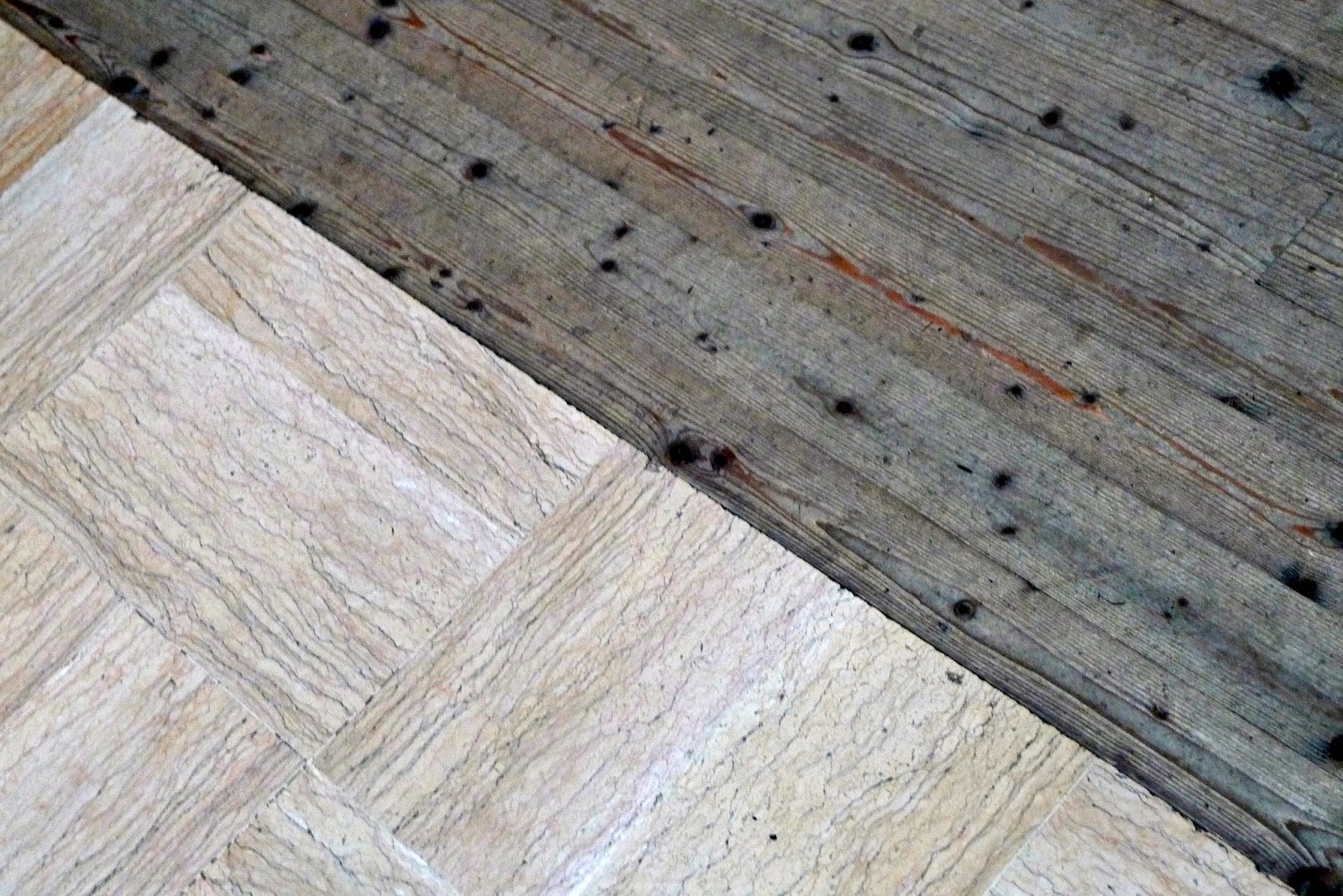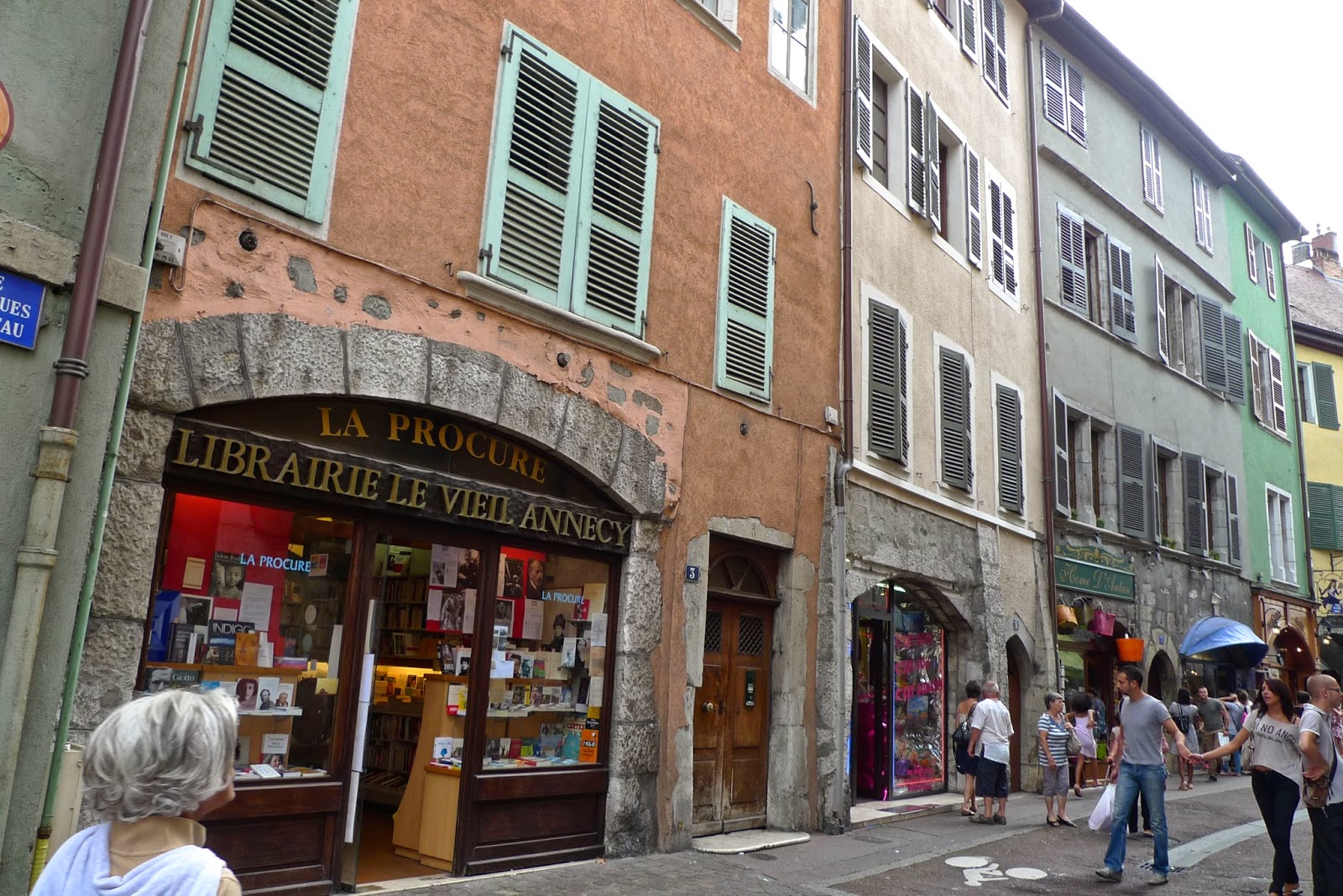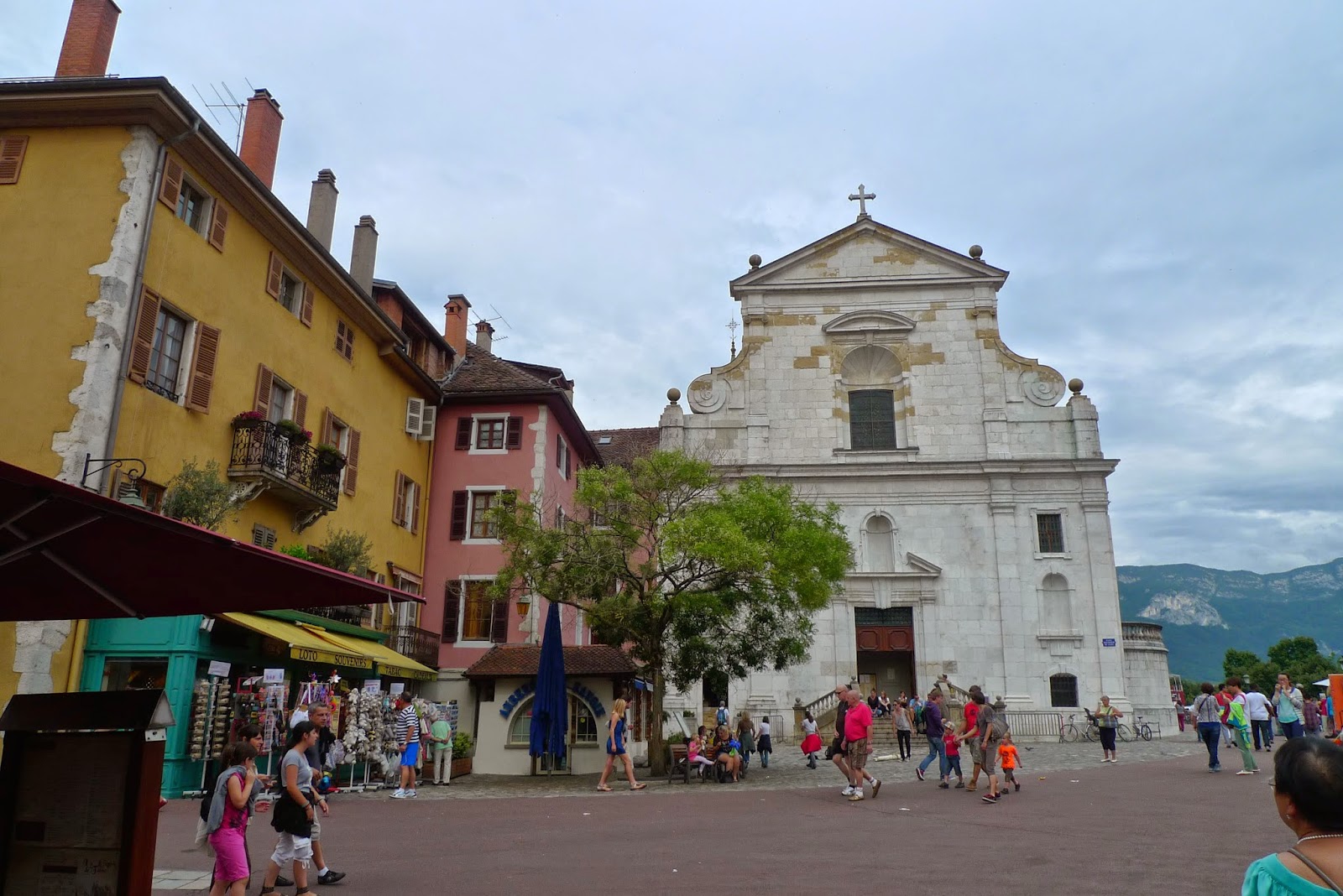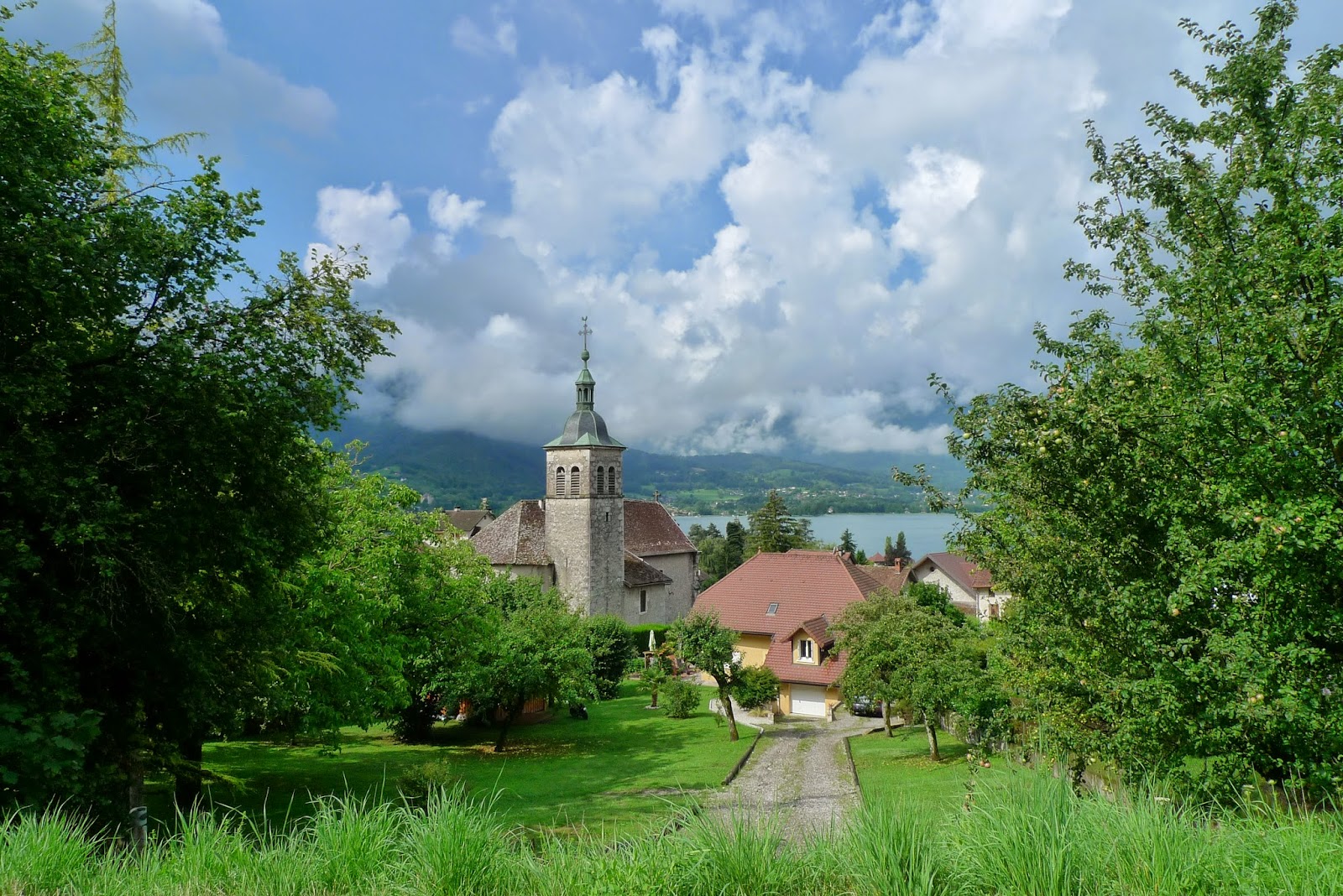Last summer, at the slightest suggestion of a friend to go out of town, I agreed to a six-hour drive from Paris to visit Annecy, by Annecy du Lac (Lake Annecy). Dubbed as the "Venice of the Alps," one would be so excited - as I was, to visit and spend a couple of days somewhere around this picturesque lake, nestled on the border between Geneva, Switzerland and France.
Annecy is situated at the lake's exit, on a road leading to routes from Italy to Geneva. It is in-between the pre-Alpine mountains of the Bornes and the Bauges, and the plain with the Albanais district. It's lake - the Thiou, has made it world renowned from being an industrial route to now becoming a tourist attraction. This northern landscape is surrounded by the Semnoz forest that remains in the wild, the Fins plain with its unlimited urban development, and the picturesque border of Annecy-le-Vieux (Old Annecy).
With Geneva as its neighbor, it had progressively gone through different status changes as the town became the capital of Geneva at a time when the counts went into exile and settled here in the 13th century, to become an attached territory to the capital of the House of Savoie in the 15th century; then it became a diocese at the popularity of Calvinism in the 16th century. By the 19th to the 20th century, it transformed into an industrial center, at the same time that their tourism industry was flourishing.
With Geneva as its neighbor, it had progressively gone through different status changes as the town became the capital of Geneva at a time when the counts went into exile and settled here in the 13th century, to become an attached territory to the capital of the House of Savoie in the 15th century; then it became a diocese at the popularity of Calvinism in the 16th century. By the 19th to the 20th century, it transformed into an industrial center, at the same time that their tourism industry was flourishing.
With the water so blue and clean, Lake Annecy is renowned for the beautiful landscape of the little towns that surround it. Tourists come with a variety of activities in mind, during both summer and winter.
The water activities include swimming, sailing, water skiing and diving. Off the water, laying under the sun, walking around the lake is just as much the choice of many,
For the nature lovers, there is hiking, mountain biking, via-ferrata - a protected mountain-climbing route on the alps, canyoning, paragliding, or simply walking.
And for the sigthseers, a walk-about the old town of Annecy, a visit to the museums, churches and castles can end up as a short course in the art and history of this quaint town, in a 24-hour visit.
Hotel de Sales
The reddish-pink building - Ancien Hotel de Sales, was constructed by the Sales family from 1688-1690. It was used as the residence of the princes of the House of Savoie (Savoy), while they were in Annecy.
The House of Savoy, was founded in 1003 in the Savoy region (in a territory that is now shared by France, Italy, and Switzerland). It is one of the oldest royal families that grew from ruling a small county to ruling Italy from 1861 up to 1945, at the end of World War II. The reigning monarchs who ruled Italy for 85 years were Victor Emmanuel II, Umberto I, Victor Emmanuel III, and Umberto II who ruled for only a few weeks, before the Constitutional Referendum was held. Thereafter, a new republic was proclaimed, putting an end to rule under monarchy.
The House of Savoy, was founded in 1003 in the Savoy region (in a territory that is now shared by France, Italy, and Switzerland). It is one of the oldest royal families that grew from ruling a small county to ruling Italy from 1861 up to 1945, at the end of World War II. The reigning monarchs who ruled Italy for 85 years were Victor Emmanuel II, Umberto I, Victor Emmanuel III, and Umberto II who ruled for only a few weeks, before the Constitutional Referendum was held. Thereafter, a new republic was proclaimed, putting an end to rule under monarchy.
The busts on the façade represent the four seasons.
From 1851-1865, Hotel de Sales was turned into the head office of the Bank of Savoie. Since it had the right to print bank notes, it was in competition with the Bank of France, after the union with France.
Lovely summer flower-plant arrangements
added color to this old town.
An old, old well that is preserved, located at a cross section.
A church visit...
L'église Notre Dame de Liesse (Ancienne collégiale )
Church of Our Lady of Liesse, 14th C.
Church of Our Lady of Liesse, 14th C.
The origins of this church date back to several centuries. In the 11th century, it was a modest Marian oratory. In 1360, the main foundations of this church were laid when Count Amadeus III of Geneva wanted to make this church the necropolis - a burial ground for his family. It was consecrated in 1398. However, the sanctuary's choir was destroyed by the revolutionaries.
The current church was built from 1846 to 1851, on the original sanctuary. The original bell tower and a Gothic window on the south wall were retained. It has a neoclassical facade Sarde - with borrowed elements from the architecture of ancient Rome, developed under the Kingdom of Sardenia under the House of Savoy; in a Latin-cross layout - with a nave and side aisles, with rounded arches and a central dome.
The main altar (c.19540 represents the Virgin and Child, with St. Joachim and St. Anne. At the ends of the altar are St. John the Baptist (to the left) and St. John the Evangelist (to the right).
A side altar of the Holy Cross, with St. Francis de Sales (to the left) and St. John Vianney, Curé of Ars (to the right)
A vestige of the original wooden floor
Back on the tour of old town Annecy
Going on a labyrinthine way...finding...
an artisanal shop,
le fleuriste (flowershop),
la pharmacie (a drugstore),
la librairie (a bookstore),
and the Thiou River! The Thiou crosses the city, forming small canals that have created it to look like the Venice of the Alps.
The bridges on the Thiou...
Another church visit...
Church of St. Francis de Sales - the church of the Italians
Address: 4 Place Saint-Maurice, 74000 Annecy
This church is frequented by the Italian community of Annecy, and it is located along the Thiou River (effluent of Lake Annecy and affluent of the Fier - a tributary of the Rhone).
Built in 1614, it is Baroque in style, with a Lombard inspiration. It was consecrated in 1654. It was here that the wedding of Charles Emmanuel of Savoy to the daughter of Gaston d'Orleans took place.
What has made it even more famous are the grave sites of St. Jeanne de Chantal and St. Francis de Sales, which are well preserved here. These two saints were the most important religious figures in the House of Savoy. For fear of reprisals during the French revolutions, the remains of these two saints were moved to the Castle of Duingt. They can now be visited at the Basilica of the Visitation.
During the French revolution, the church was spared complete demolition, thanks to the faithful who defended her. Although, it was used as a barracks during the revolution, and turned into a factory in 1974, then into apartments and shops in 1812. By 1923, this sanctuary was recovered for religious use, once again, as it became the church for the Italian community. It has been owned by the City Hall of Annecy since 1968.
Simple interiors
The main altar - a reconstruction of the
original 17th century altar.
View from the church steps
The Palais de L'Isle was the residence of the lords of Annecy from the 12th century. It became the center for administration when the counts of Geneva came to Annecy. In the Middle Ages, it was turned into a prison, up to 1865. In 1952, it was turned into a museum - "Center for Interpretation of Architecture and Heritage."
Crisscrossing through the bridges...
until we got to the periphery of the old town
We finished our visit of the old town and continued to look, driving around Lake Annecy, until we got to the next town.
At Veyrier-du-Lac (Rhone-Alpes, France)
Our 3-star hotel on the other side of the lake, in Veyrier-du-Lac, located between Annecy-du-Lac and the Aravis mountain range.
The view, from the room, of the l'hôtel de ville (city hall) of Veyrier-du-Lac
This pretty little village is along the edge of Lake Annecy, with Mount Veyrier as the backdrop. With just one main road, it is populated by houses with steep roofs and wooden balconies and shutters, in colorful, pastel shades.
the town church
Main street along the coastline
Though, we primarily went to visit Annecy, our trip there extended to visiting more towns around the lake, to Saint Germain du Lac, Talloire...
Saint Germain du Lac
Along the main road...
Paroisse Saint Germain du Lac (parish church)
99 route des Moulins 74290, Menthon St Bernard
Tél: +334 50 60 12 53
Tél: 04 50 60 12 53

Main entrance to the church is at the back,
in line with the residential homes.

A view of some of the homes
99 route des Moulins 74290, Menthon St Bernard
Tél: +334 50 60 12 53
Tél: 04 50 60 12 53

Main entrance to the church is at the back,
in line with the residential homes.

A view of some of the homes
Main altar
Driving inland to the see more of the town...
going up the road
a gift shop with artisanal gift items
Chateau de Menthon Saint-Bernard, atop the hill
74290 Menthon-Saint-Bernard, Tel.: +33(0)4 50 60 12 05
A majestic sight to behold, the Castle of Menthon was an architectural feat of the House of Savoy. It had its early celtic beginnings at the end of the 12th century. "Menthon" means "house on the rock." Unfortunately, we got there too early to visit.
At Talloire
We decided to explore this small town, on foot.
market day
Back on the road again, around the lake...
After stopping for a quick lunch at a restaurant we found along the way, we headed back to Annecy and on to Paris. This overnight visit to this beautiful part of France was refreshing. A couple of days more would have made it relaxing.
This trip was worth the six-hour drive, each way. If you decide to visit this place, you may also go by rail or by air.
This trip was worth the six-hour drive, each way. If you decide to visit this place, you may also go by rail or by air.
Have an enjoyable summer as you see the rest of the world.
























































No comments:
Post a Comment